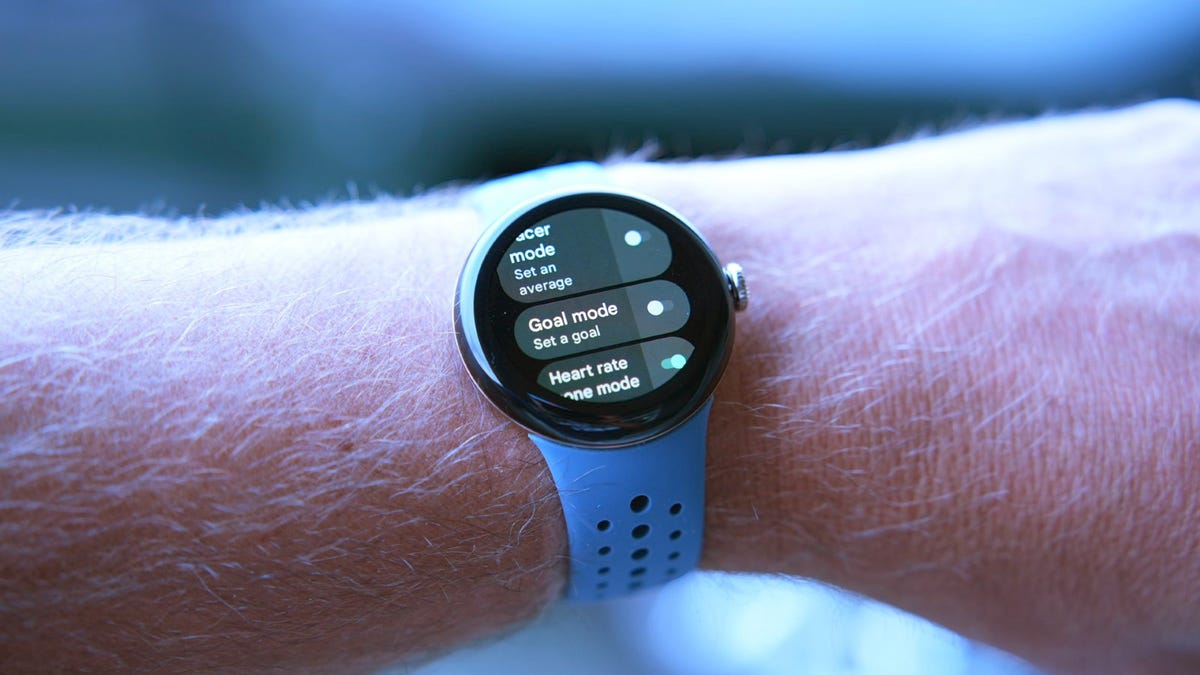It is unlikely, when people speak of a colonoscopy, that you will not see a grimace or a response that reflects utter anxiety and unease.
Granted, colonoscopy is not your usual dinner conversation, but I assure when you are speaking with a group of friends, that you will immediately have a litany of experience that frame the picture of colonoscopy.
Unlike breast cancer, colon cancer is not a social conversation. We have embraced women and men that have walked the cancer journey with pink ribbons, but when you throw out a blue ribbon, it is a sure bet that most will have no idea what it represents. I am here to talk about it. The answer is colon cancer.
According to the American Cancer Society, excluding skin cancers, colorectal cancer is the third most common cancer diagnoses in both men and women in the United States. It is estimated over 106,000 new cases will be diagnosed in 2022. The good news? Death from colorectal cancer has been dropping in both men and women for several decades. One reason is early detection of polyps often found by screening and removed before they can develop into cancers and because of colonoscopy, early detection of cancer. So, this takes us back to the beginning of our roadmap of colon health and colon cancer.
My job, is to map out that journey for you. Most people appreciate a map and especially with health care. Maps tells us where to turn, When to stop, and identifies resources in case you have a flat tire, run out of gas, or just looking for a rest stop.
To start our map, is to determine where we will start.
It is recommended that you meet certain criteria to determine if you are a candidate for colonoscopy. Per American Cancer Society guidelines, at the age of 45 a person should have their first screening colonoscopy. And, you should continue every 10 years until age 75 if you have normal colonoscopy. A person that has a personal history of colorectal cancer or a certain type of polyp, a family history of colorectal cancer, confirmed hereditary colorectal cancer syndrome or other significant history, should speak to their physician and ask if they fit into a category of early colonoscopy (or colonoscopy before age 45.) This should only be discussed with a PCP (medical talk for your doctor, or a gastroenterologist.) But most important, you should have a conversation to educate yourself. The best patients are educated patients.
What is a colonoscopy you ask? How is it ordered? Who will do the procedure? Does it hurt? How do I prepare for it? Where will the procedure take place? Do I use bowel prep? What it that?
Get the car in gear, we are starting the road to colonoscopy.
At Providence St. Mary, Dr. Leonard Philo, Gastroenterologist, leads a team of skilled support staff in the Endoscopy lab. Dr. Philo received his medical license in 2003 and in 2011 became Board Certified in Gastroenterology. (G.I.) A gastroenterologist is a physician that has dedicated their practice to managing diseases of the gastrointestinal tract and the liver. This is the physician that will perform your colonoscopy. He/she is trained to use a colonoscope for your exam. The exam is done as an outpatient status at the hospital.
Dr. Philo stresses that he would like to see patients at the designated age of 45 years old per American Cancer Society guidelines. Once again, he states that early identification of colorectal cancer or detection of polyps and treatment is key to good health and cure of cancer.
After a conversation with your primary physician, a referral to a gastroenterologist takes place. Dr. Philo states that pre procedure does not necessarily mean an appointment with him. Not all patients need an office visit. He stresses that this saves patients time and money. The referral takes place and the patient is given a time and date for colonoscopy. They arrive at the hospital, and Dr. Philo will speak with them at the hospital. This gives the patient the opportunity to discuss any questions at that time. He will also inform them of risk. The risks are very minimal. As with any procedure, there is a risk of over sedation, perforation and bleeding which is about 1:1000 per Dr. Philo.
Alternatively, after speaking with your doctor, the discussion should be had to determine if you are a candidate for other testing options rather than colonoscopy. These potential considerations would be Cologuard (stool DNA test), fecal occult blood test (FOBT), fecal immunochemical test (FIT, and sigmoidoscopy. Once again, a discussion with your physician is best to determine if you are a candidate.
If committing to colonoscopy is suggested to you, you will be prescribed a “bowel prep” to cleanse your colon before you have your procedure. Dr. Philo states that a proper bowel prep is critical for a good exam and makes the process work. This is a talking point with more than one of our patients. Bowel prep has a unique flavor but is necessary for the exam. After you drink the prep, you will have to stay close to a restroom, as you will be spending time there “cleansing” your bowel. The prep is a liquid laxative solution taken the night before the exam. Unfortunately, once you start this preparation, you will not be leaving the house. By the next morning, when you check in for your colonoscopy, you will have a very clean bowel, which is necessary so that the physician can see the linings of your colon and rectum. This is a must for successful viewing of the linings of the colon walls.
How does colonoscopy work and what is it? It is a procedure that a gastroenterologist, (or other trained physician) will do to look at the inside of the colon and rectum with a colonoscope which is a long, flexible tube about the width of a finger with a light and small video camera on the end. It is put through the anus and is directed up through the colon. The camera view enlarges the colon wall so that the physician can determine if there are any growths in the colon (polyps) and remove them (biopsy) if needed. Patients are given medication so they will rest (sleep) through the procedure. In general, patients will not remember or feel the procedure.
After the procedure is completed, you are wheeled back to your room, awakened with refreshments, and the physician discusses with the patient what the results of the exam revealed. The patient is instructed to go home and relax for the rest of the day. You may not go back to work or drive a car for 24 hours due to the lingering effect of the medication for sleep that you were given during the procedure.
If polyps are found, they are immediately delivered to the lab. A “pathologist” (another physician trained to look through a microscope and determine what tissue samples reveal about polyps. If the tissue (polyp) has no cancer cells, the doctor will send a report detailing that it is nothing to be concerned about. If the physician identifies a polyp as abnormal tissue, then your physician will discuss meeting with other physicians (surgeon and oncologist) to determine the best treatment and outcome for the patient.
But first and foremost, early detection saves lives.









